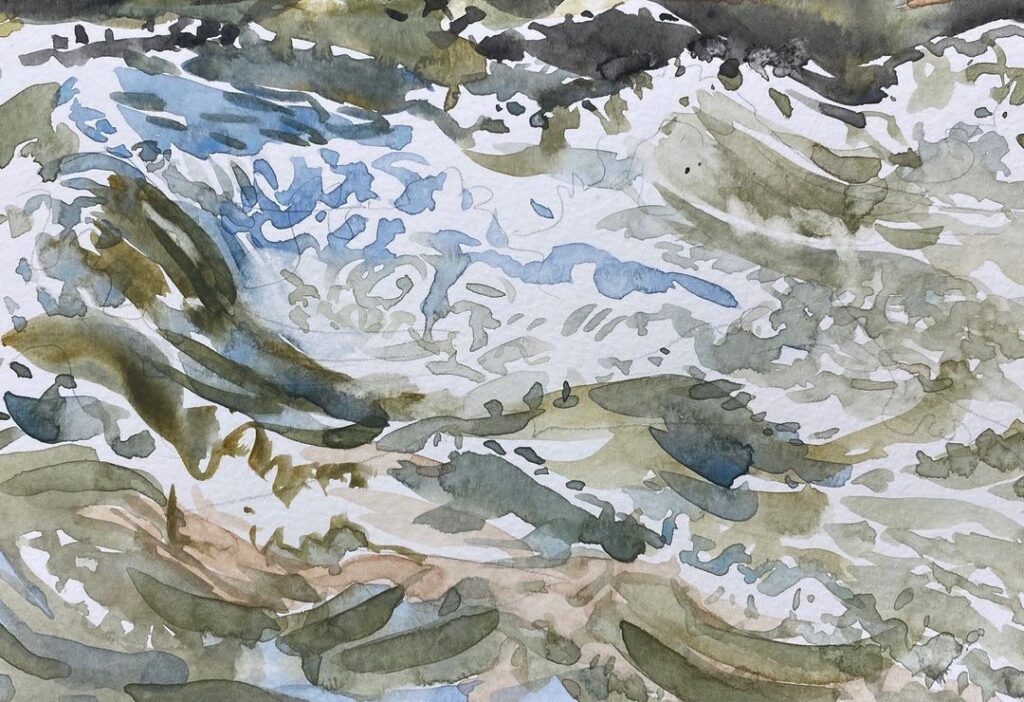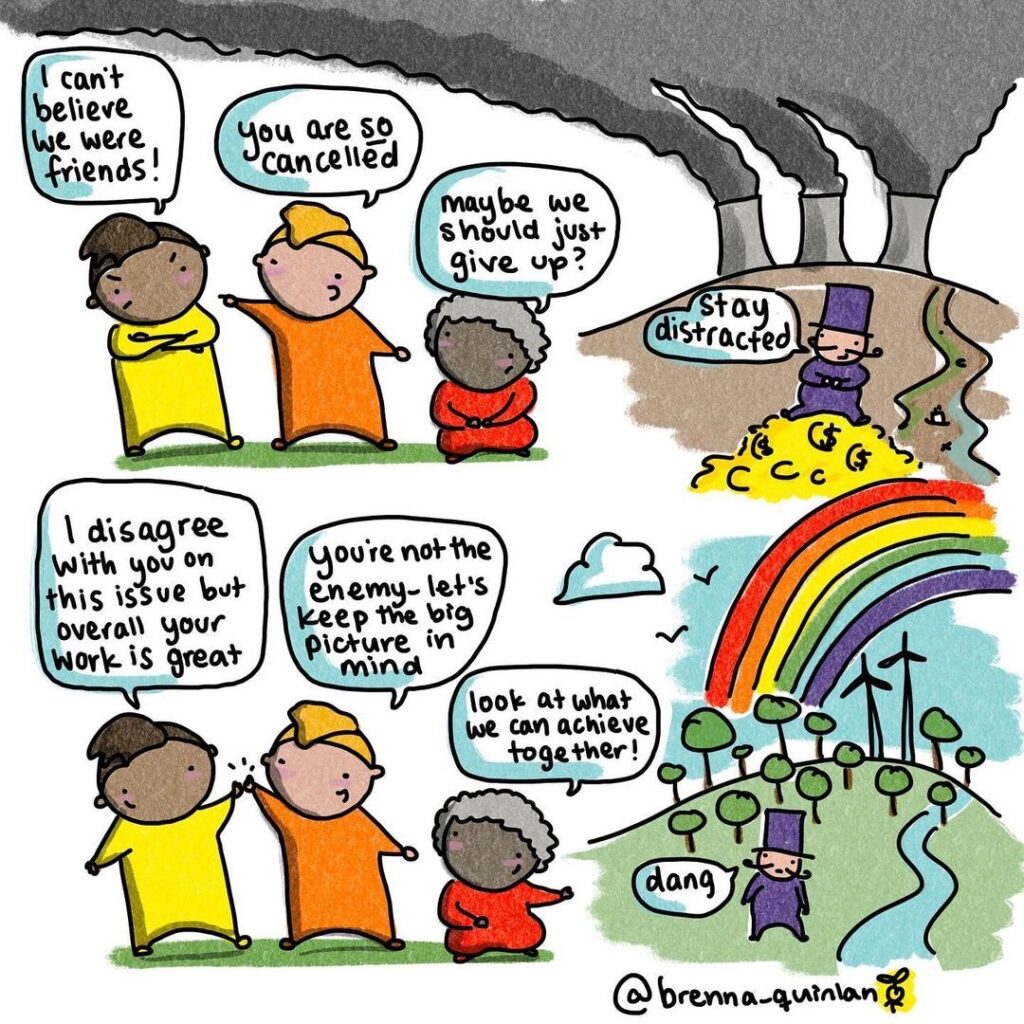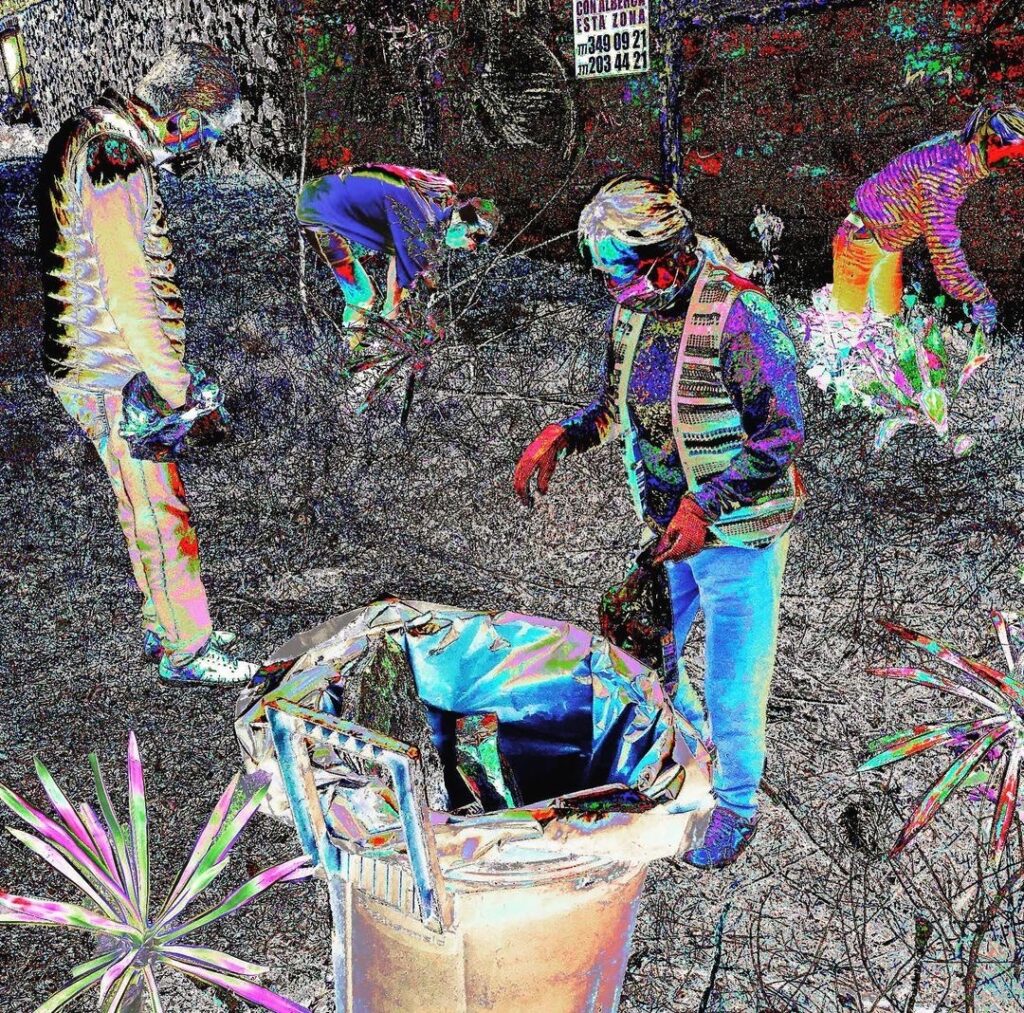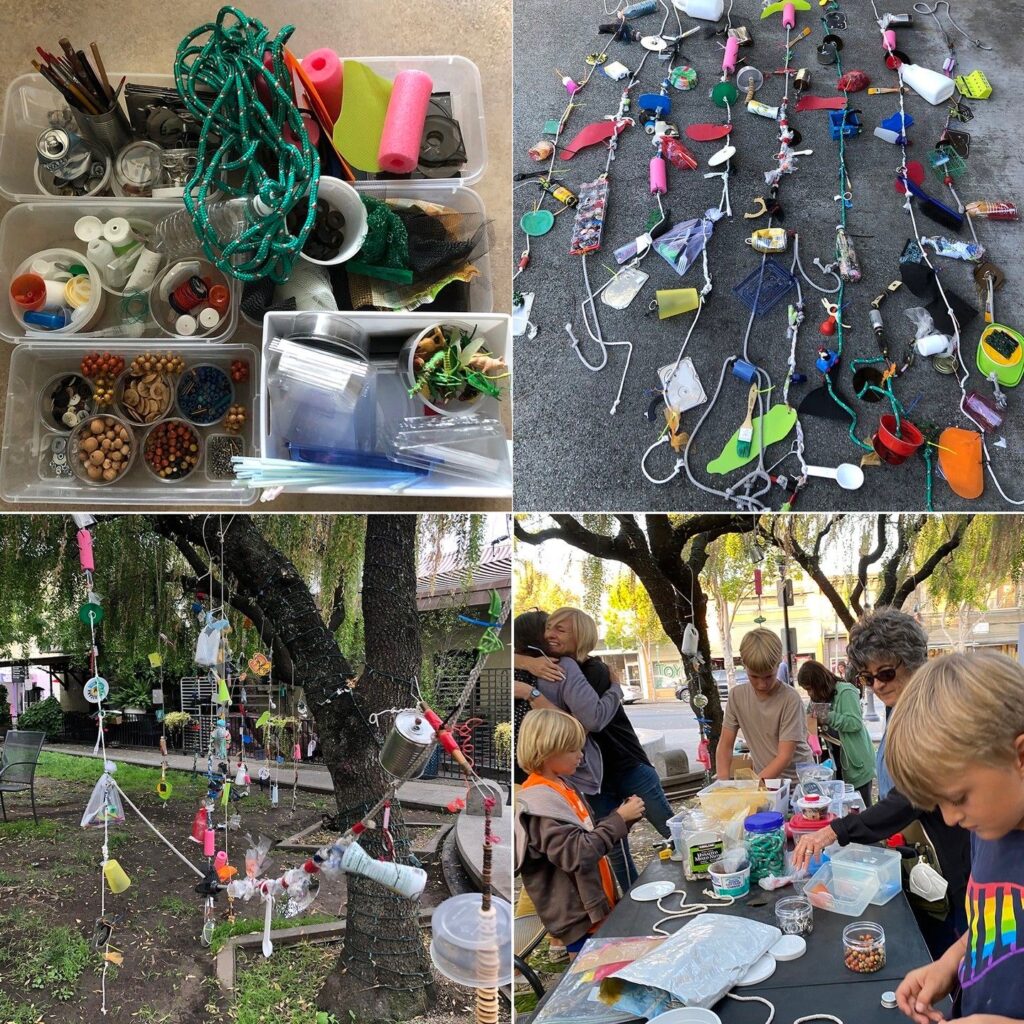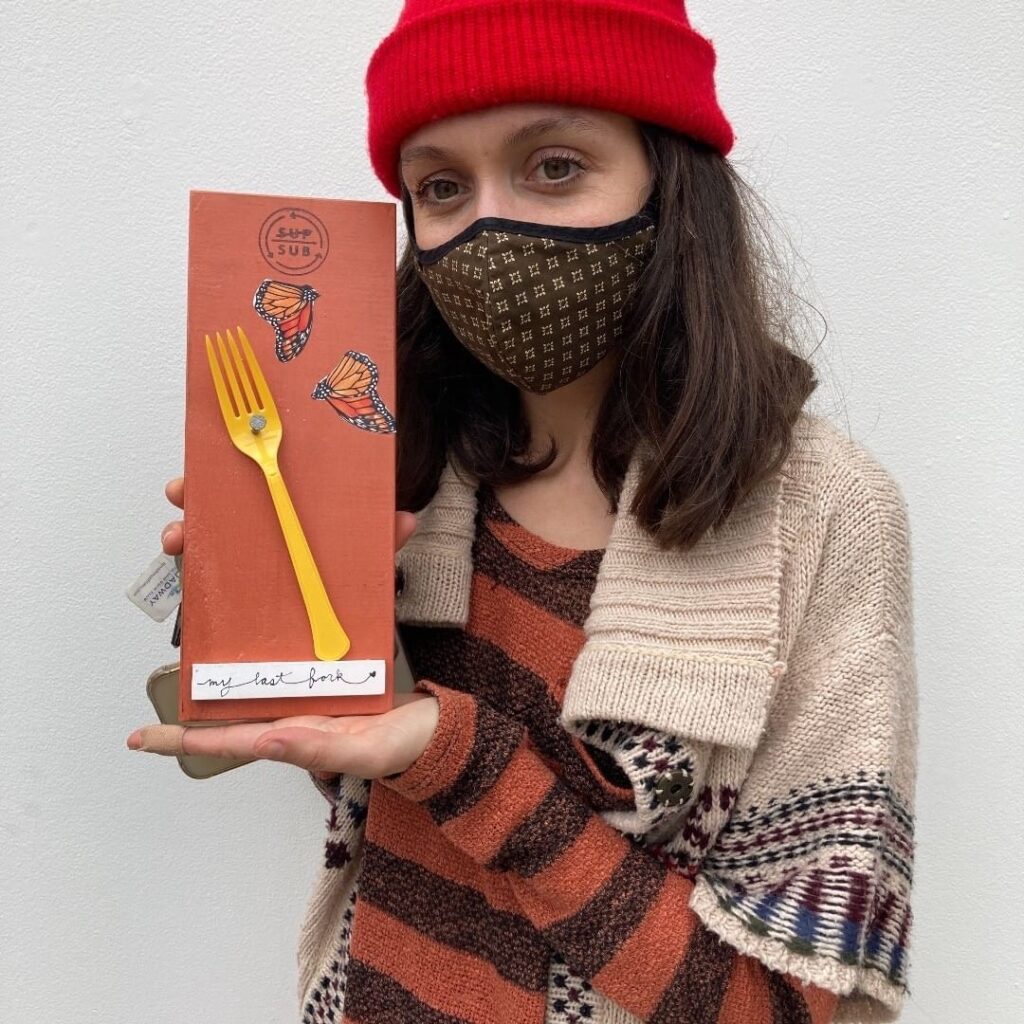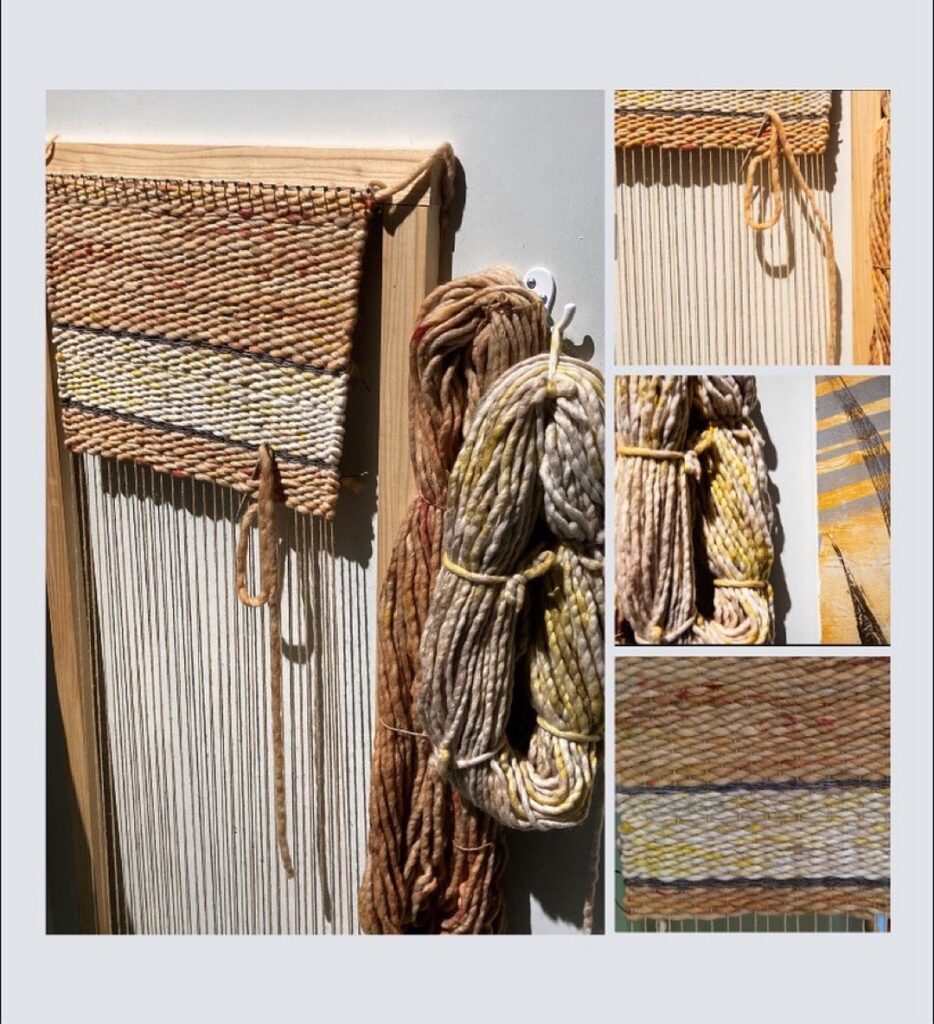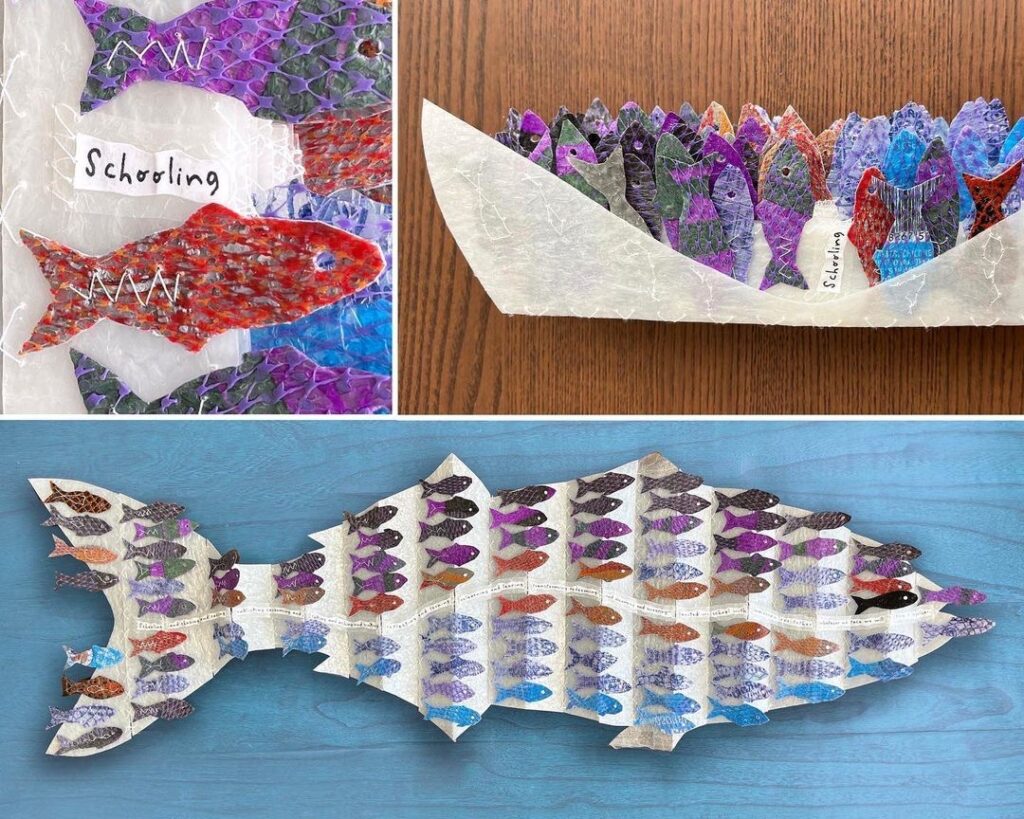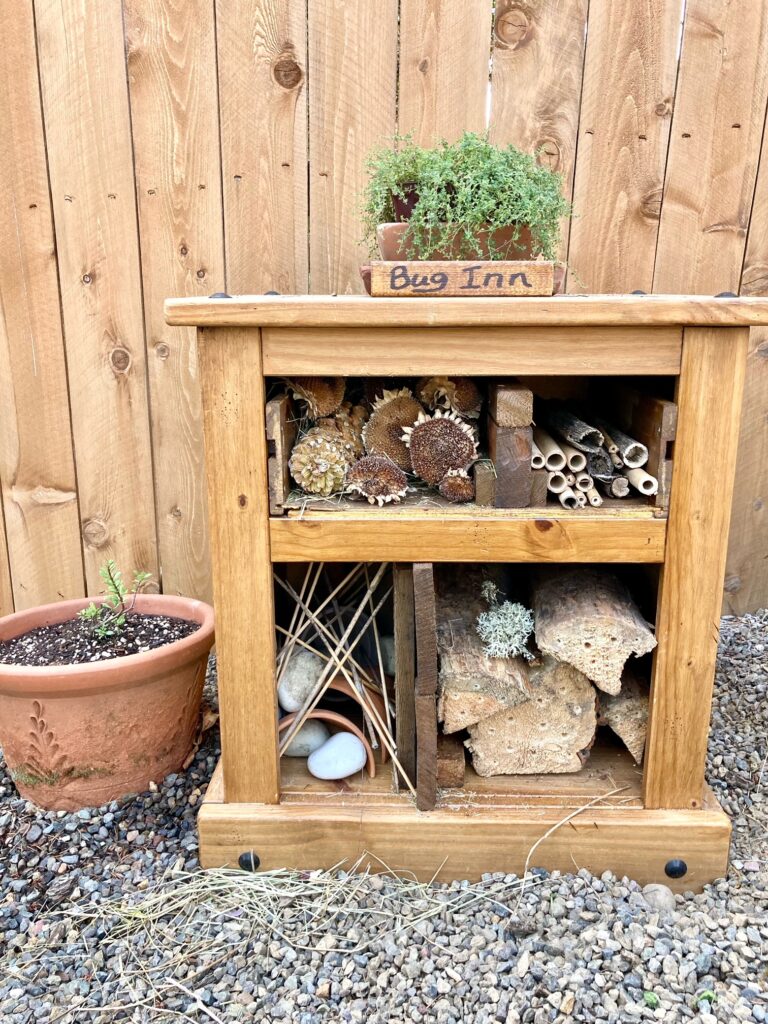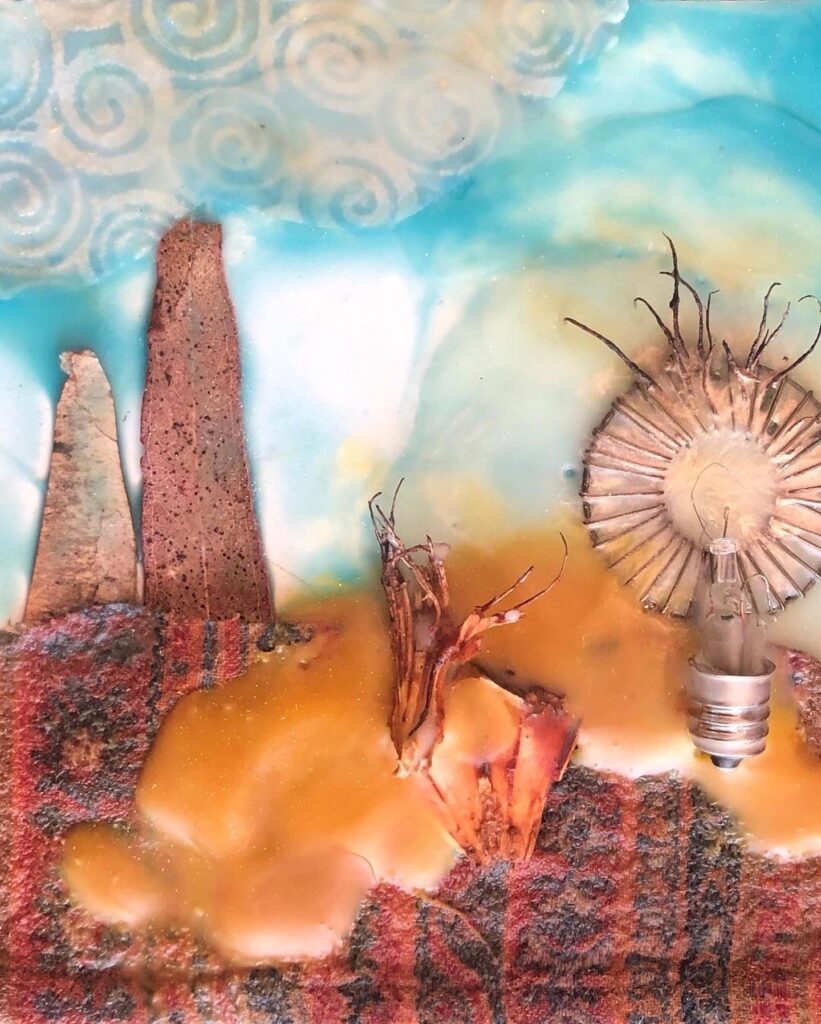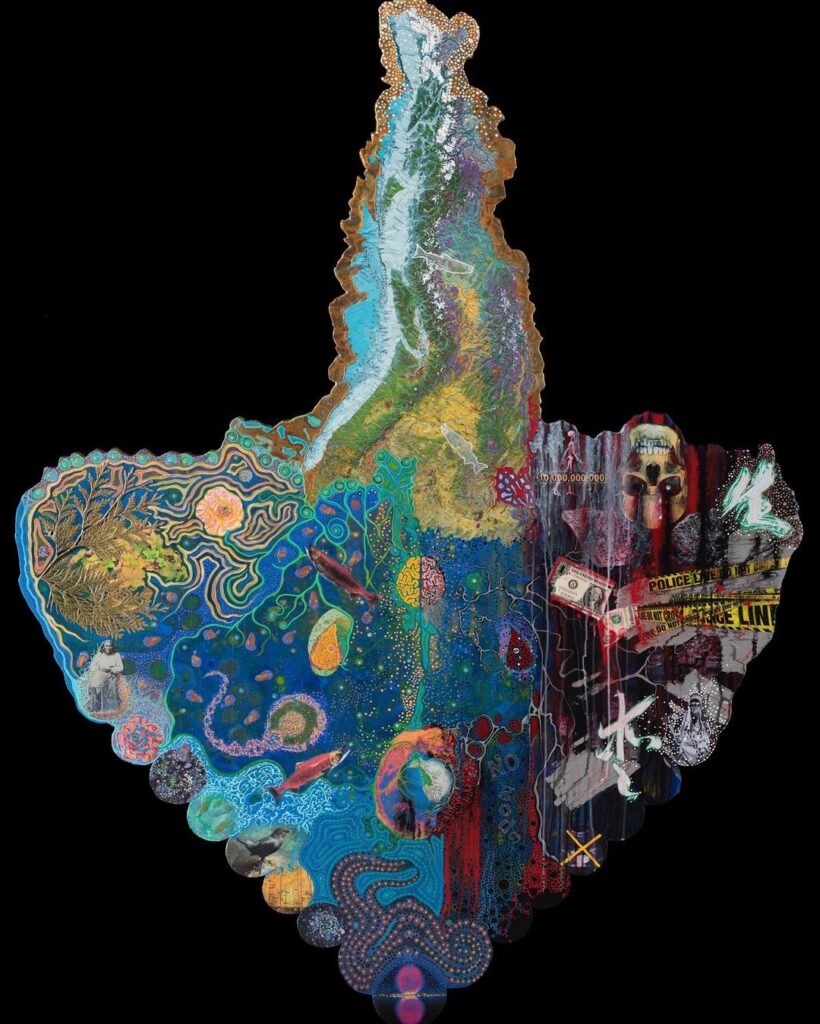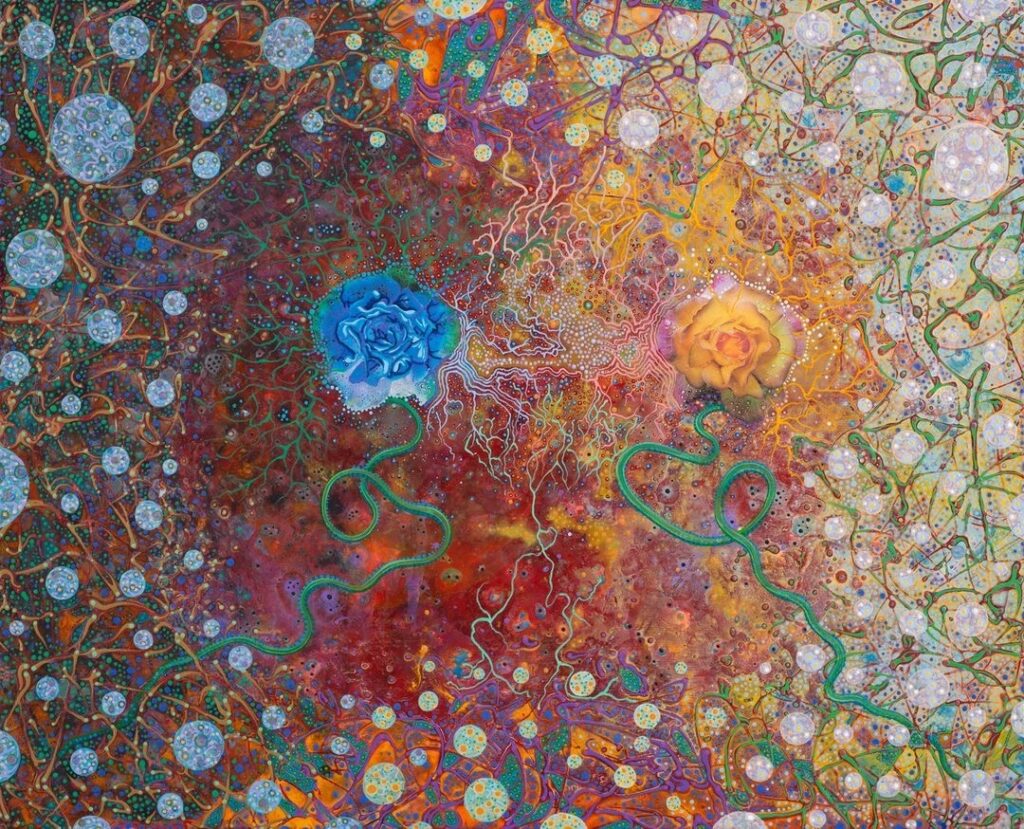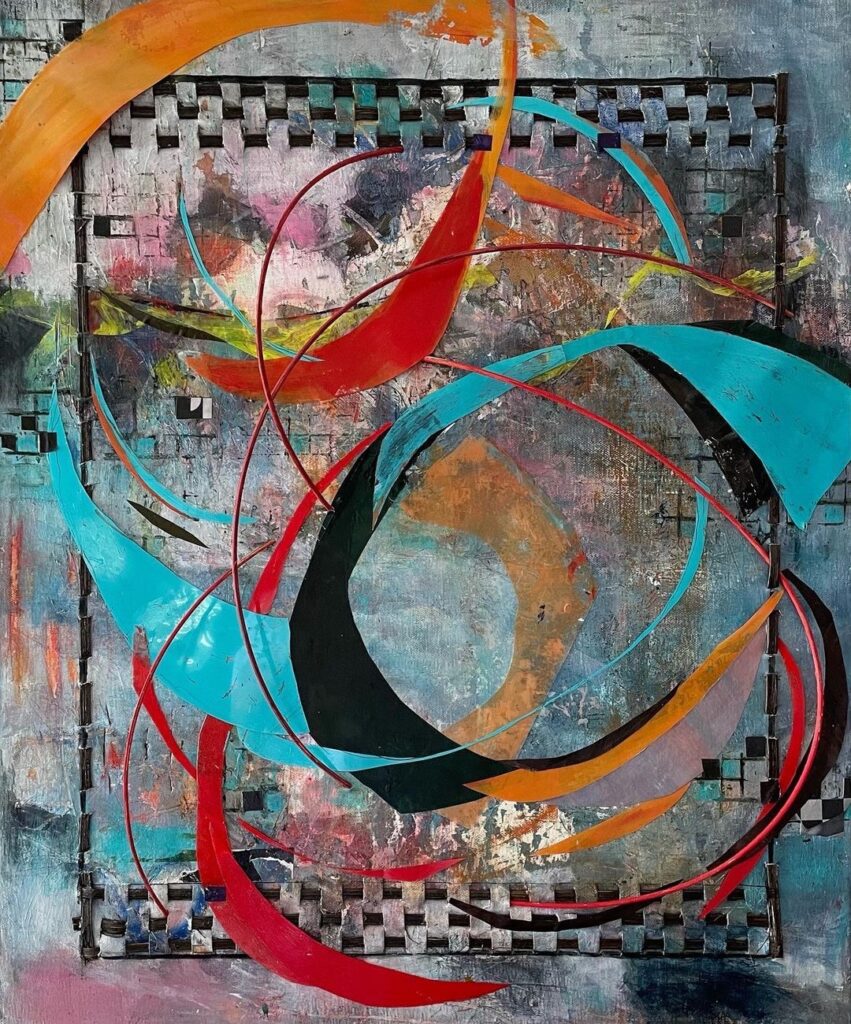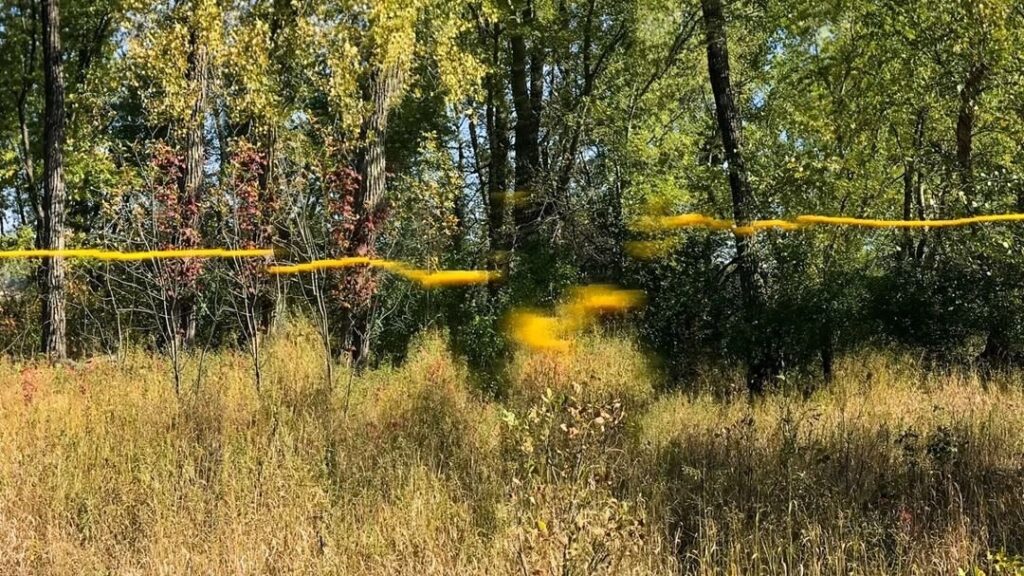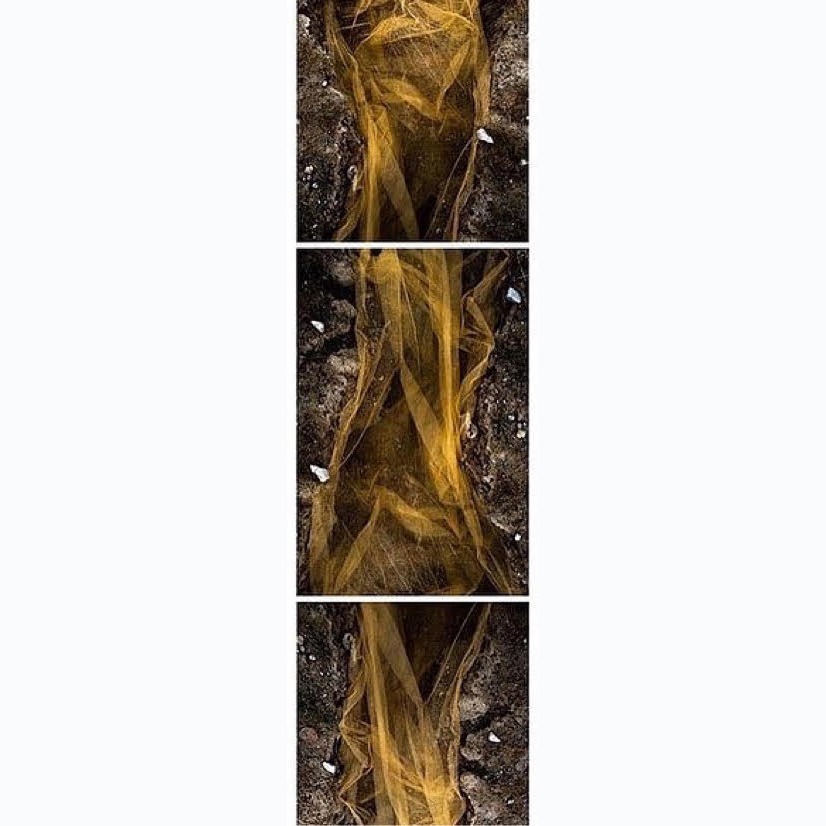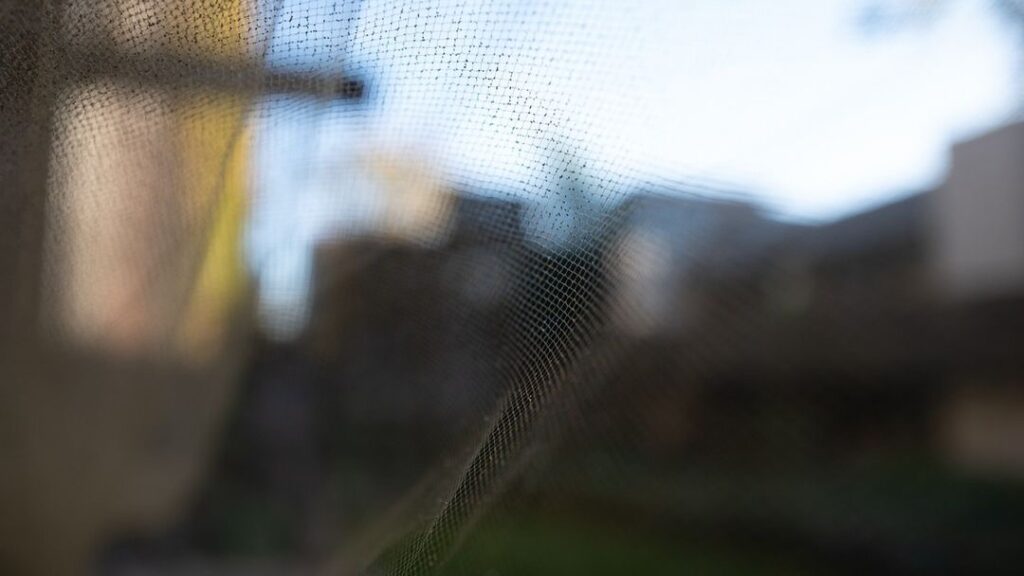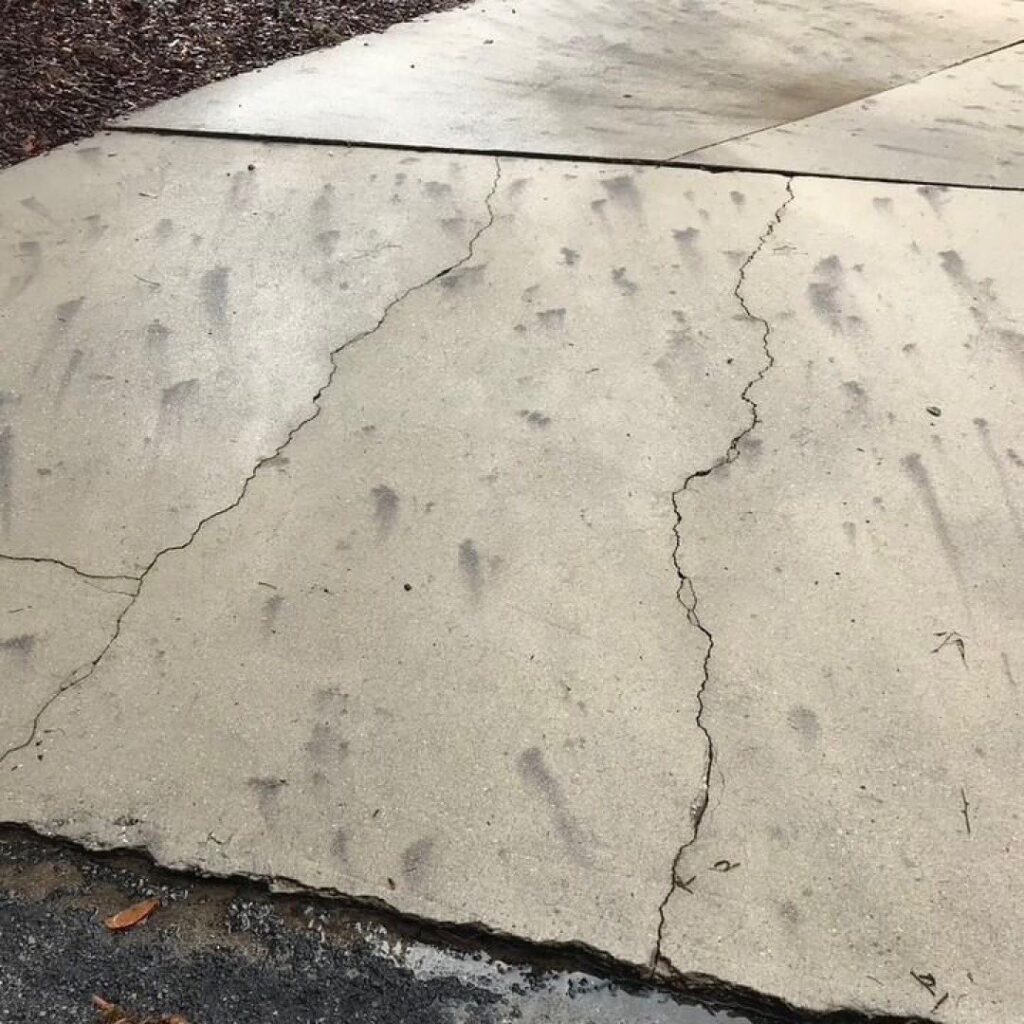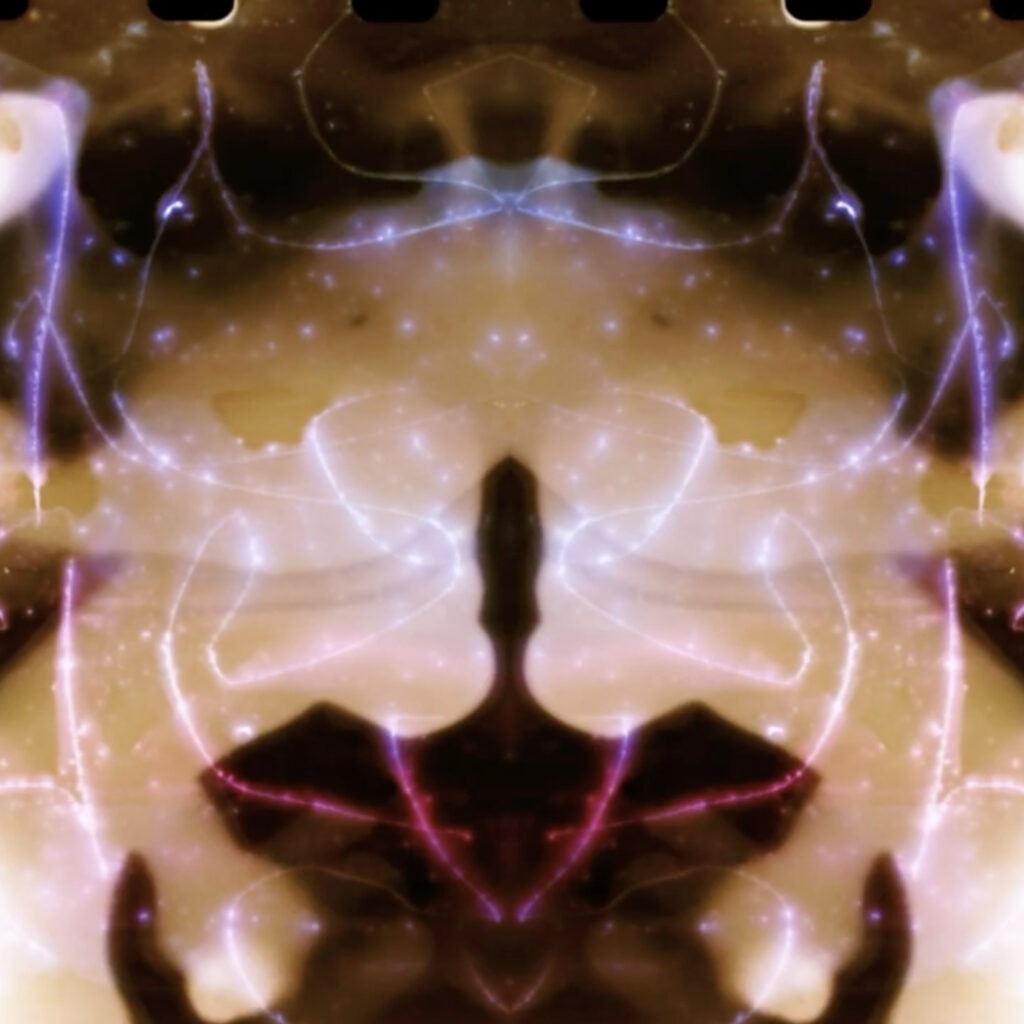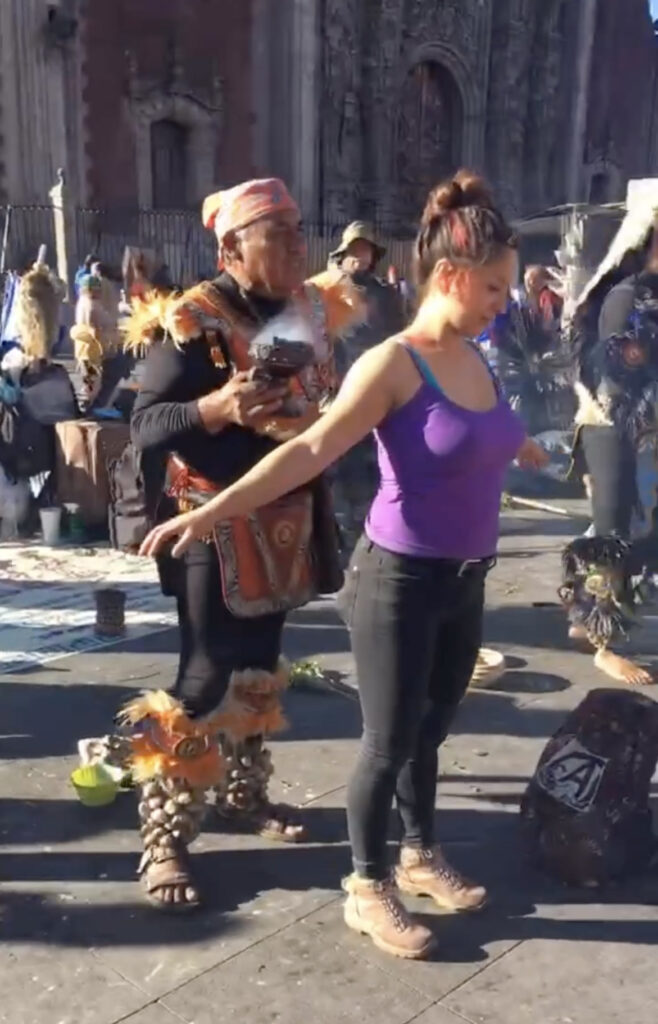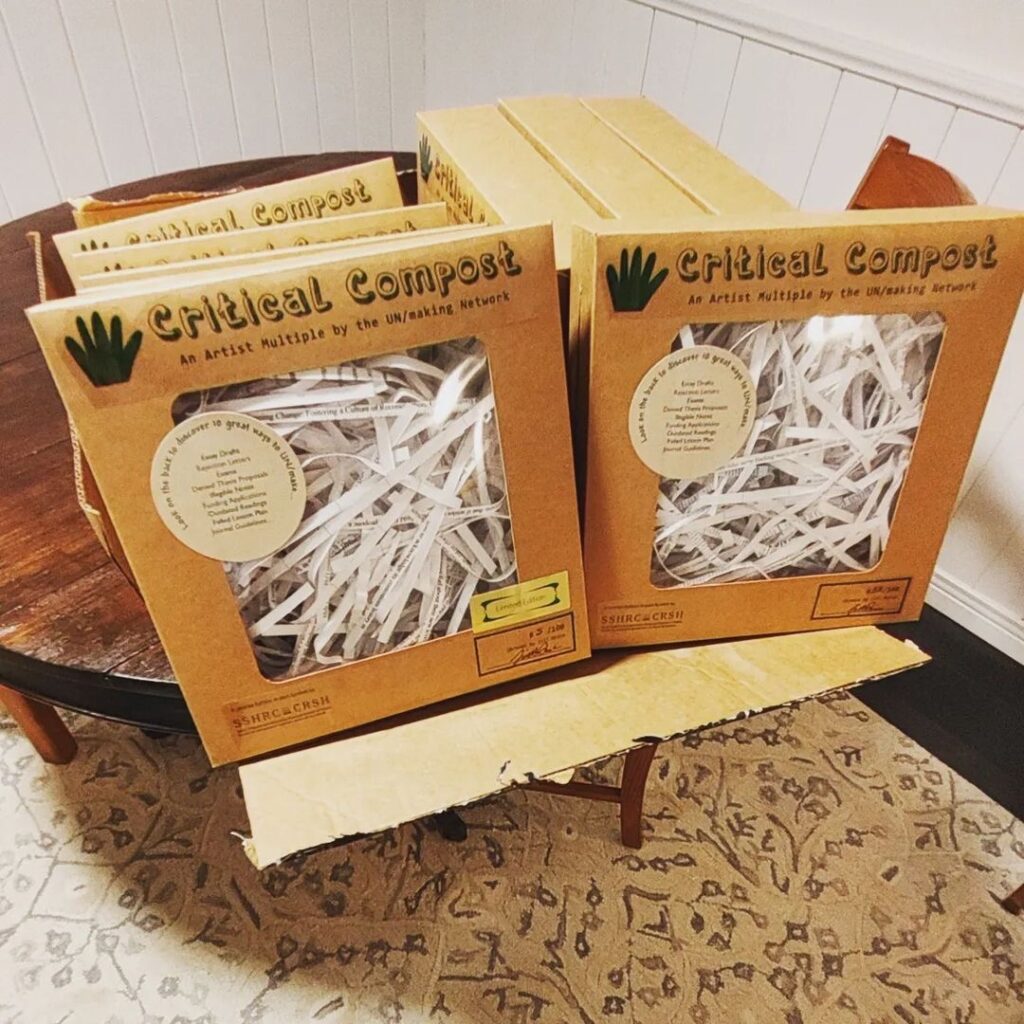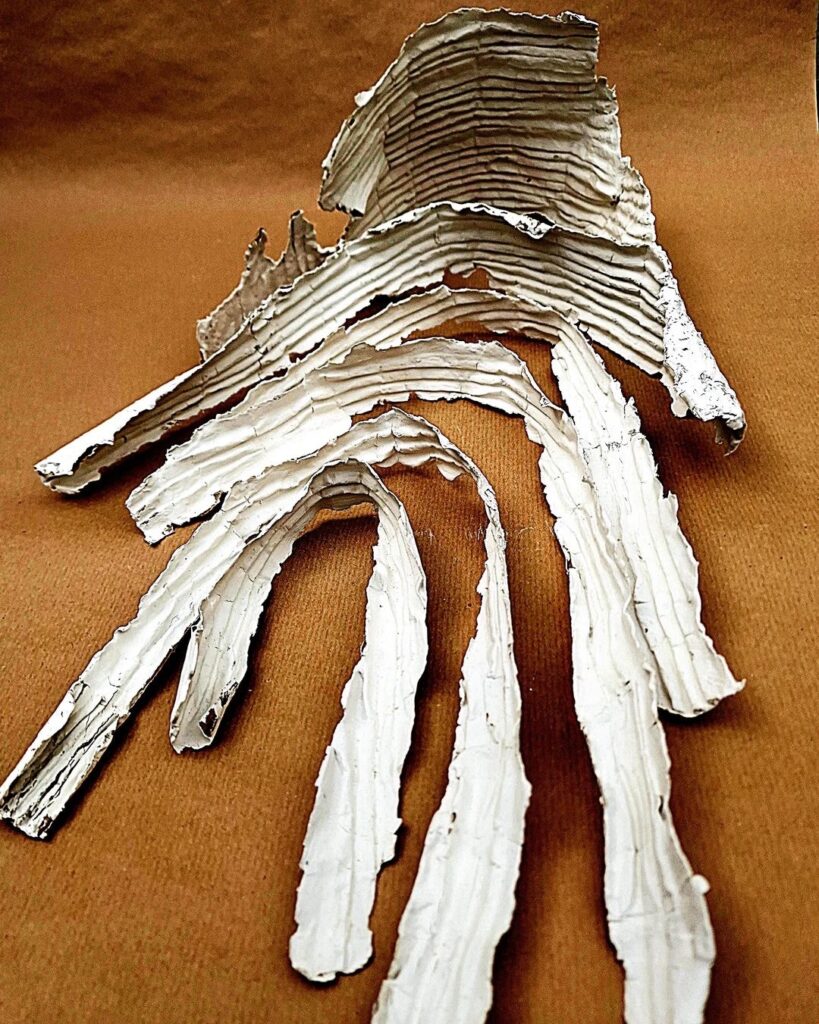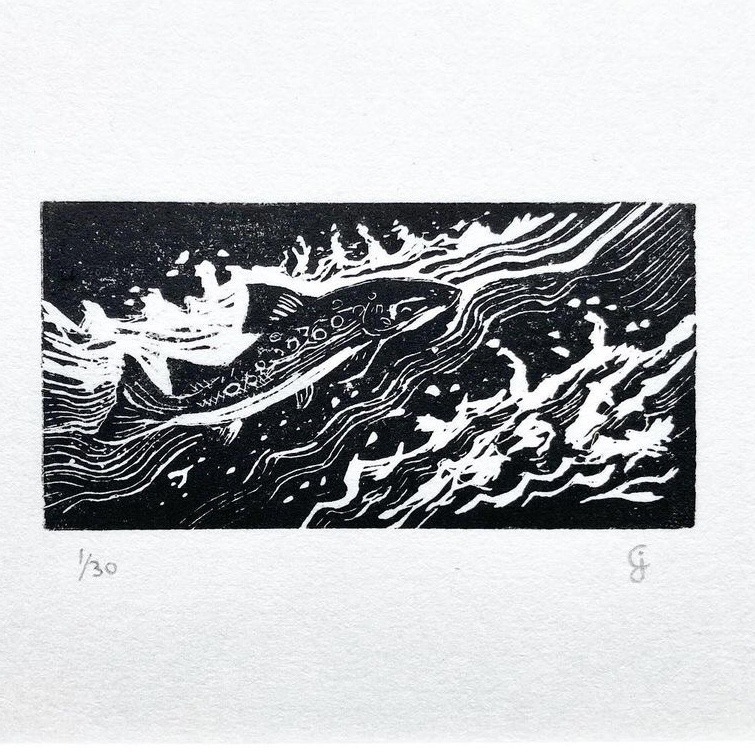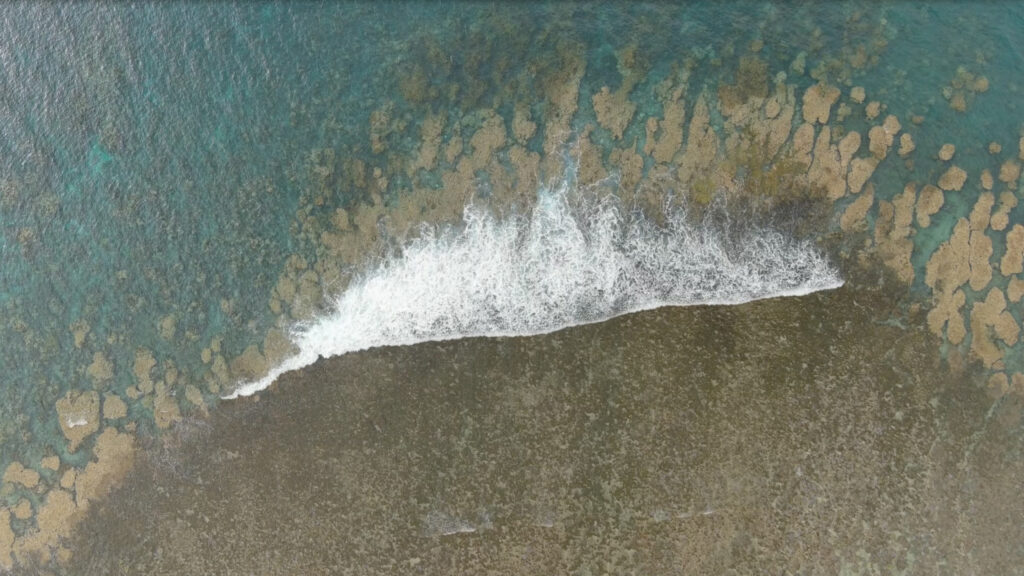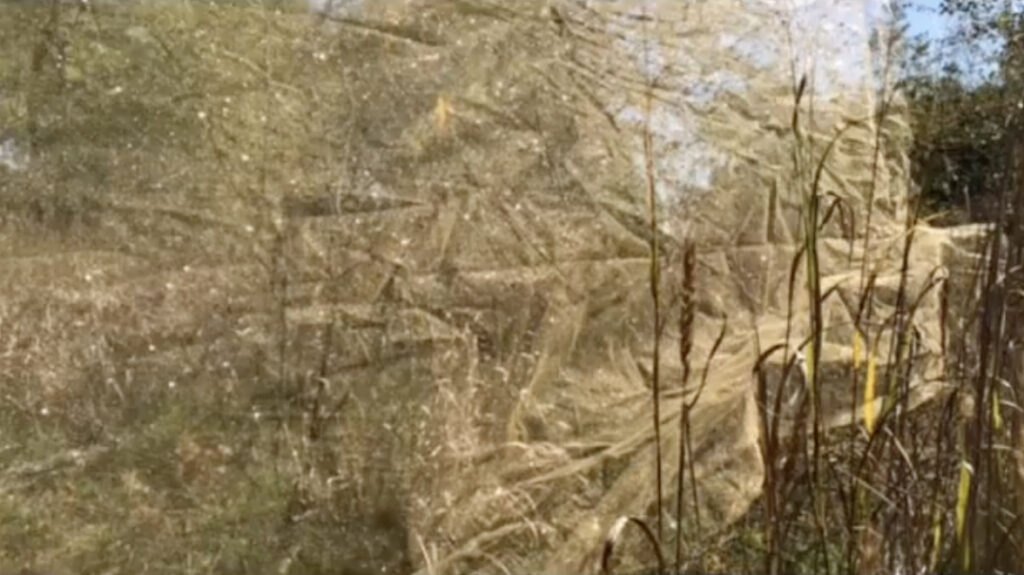This is the 13th What’s Next for Earth online exhibition based on Think Resilience,
a free online course written by Richard Heinberg and produced by the Post Carbon Institute.
“In this video, we’re going to bring resilience, which we defined and discussed in the last video, into the context of this century’s simmering and complex “E4” crises, with (1) ecological, (2) energy, (3) economic, and (4) equity dimensions. We’ll clarify the relationship between sustainability and resilience, and show why a lot of the climate change resilience discussion—while necessary—doesn’t go far enough. And we’ll explain why this video series focuses primarily on building resilience at the community level, as opposed to the global, national, or household level.”
– Richard Heinberg
Video transcript here.
